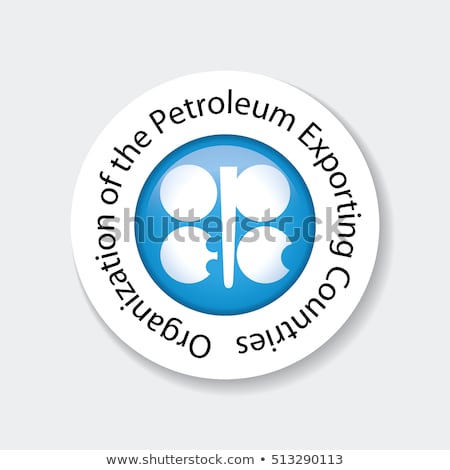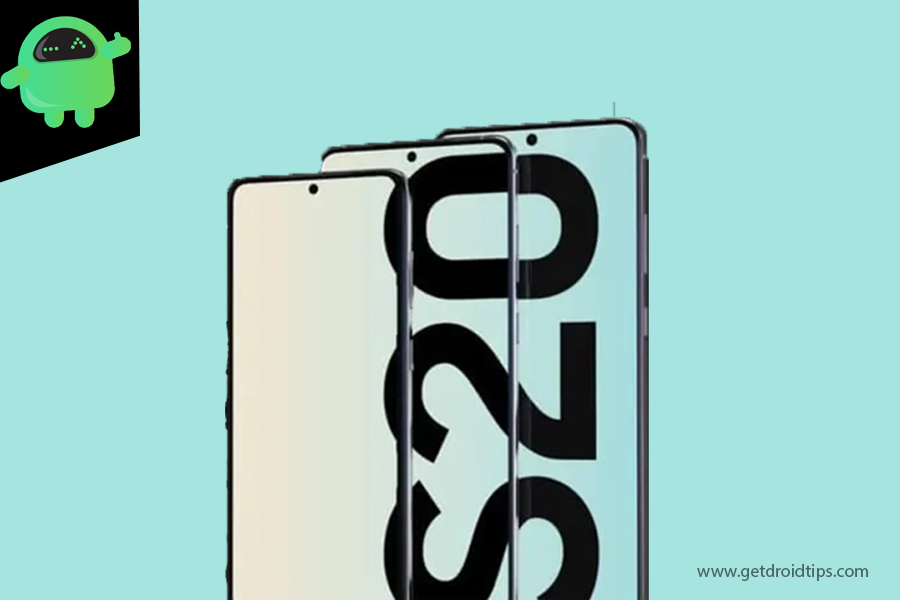Contents:
Once we’ve calculated the discounted cash flows for each period of the project, we can subtract them from the initial cost figure until we arrive at zero. For example, a firm may decide to invest in an asset with an initial cost of $1 million. Over the next five years, the firm receives positive cash flows that diminish over time. As seen from the graph below, the initial investment is fully offset by positive cash flows somewhere between periods 2 and 3.

The definition of the payback period for capital budgeting purposes is straightforward. The payback period represents the number of years it takes to pay back the initial investment of a capital project from the cash flows that the project produces. The discounted payback period is often used to better account for some of the shortcomings, such as using the present value of future cash flows.
Disadvantages:
Companies that are cash strapped and don’t have a lot of capital to spend may also focus on payback period since they are going to need the money soon. Its disadvantages include the fact that it completely ignores the time value of money, fails to depict a detailed picture, and ignores other factors as well. A higher payback period means it will take longer for a company to cover its initial investment. All else being equal, it’s usually better for a company to have a lower payback period as this typically represents a less risky investment.

HBR Learning’s online leadership training helps you hone your skills with courses like Finance Essentials. As you can see in the example below, a DCF model is used to graph the payback period . However, there are additional considerations that should be taken into account when performing the capital budgeting process. The above article notes that Tesla’s Powerwall is not economically viable for most people.
The capital budgeting process involves identifying and evaluating capital projects, that is, the projects in which a business entity would receive cash flows over a period of more than one year. The PBP is the time that elapses from the start of the project A, to the breakeven point E, where the rising part of the curve passes the zero cash position line. The PBP thus measures the time required for the cumulative project investment and other expenditure to be balanced by the cumulative income. The significance of the financial analysis is that no enterpreneur will engage in a business where it is a losing proposition and never if the project will not meet its financial obligation.
Both the equipment, by the way, has a net annual cash inflow of $3,000. The shortest payback period is generally considered to be the most acceptable. This is a particularly good rule to follow when a company is deciding between one or more projects or investments.
Capital Expenses
For example, imagine a company invests $200,000 in new manufacturing equipment which results in a positive cash flow of $50,000 per year. A short payback period reduces the risk of loss caused by changing economic conditions and other unavoidable reasons. The Payback Period shows how long it takes for a business to recoup an investment.
The other project would have a payback period of 4.25 years but would generate higher returns on investment than the first project. However, based solely on the payback period, the firm would select the first project over this alternative. The implications of this are that firms may choose investments with shorter payback periods at the expense of profitability.
No such discount is allocated for in the payback period calculation. This means that it will actually take Jimmy longer than 6 years to get back his original investment. As mentioned above, Payback Period Method neither takes time value of money nor cash flows beyond the payback period into consideration.
From equities, fixed income to derivatives, the CMSA certification bridges the gap from where you are now to where you want to be — a world-class capital markets analyst. In case the sum does not match, then the period in which it lies should be identified. After that, we need https://1investing.in/ to calculate the fraction of the year that is needed to complete the payback. Financial analysis is the process of assessing specific entities to determine their suitability for investment. IOS & Android Apps Send invoices, track time, manage payments, and more…from anywhere.
What Is a Capital Project?
Depreciation is a non-cash expense and therefore has been ignored while calculating the payback period of the project. “Payback tells you when you will get your initial investment back, but it doesn’t take into account the fact that you don’t have your money for all that time,” he says. For that reason, net present value is often the preferred method. Since the machine will last three years, in this case the payback period is less than the life of the project.
- The payback period is the length of time it takes to recover the cost of an investment or the length of time an investor needs to reach a breakeven point.
- Is one of the important responsibilities of a finance manager of a company.
- This method of evaluation looks solely at the flow of cash, not the discounted present value of future cash flows.
- Previously we mentioned that companies look for the shortest payback periods.
Investors may use payback in conjunction with return on investment to determine whether or not to invest or enter a trade. Corporations and business managers also use the payback period to evaluate the relative favorability of potential projects in conjunction with tools like IRR or NPV. The payback period is favored when a company is under liquidity constraints because it can show how long it should take to recover the money laid out for the project.
It proves to be a prerequisite for analyzing the business’s strength, profitability, & scope for betterment. Cash FlowsCash Flow is the amount of cash or cash equivalent generated & consumed by a Company over a given period. The profitability index is a technique used to measure a proposed project’s costs and benefits by dividing the projected capital inflow by the investment. Account and fund managers use the payback period to determine whether to go through with an investment.
Benefit-cost analysis and parametric optimization using Taguchi method for a solar water heater
The payback method does not take into account the time value of money. The payback period for this project is 3.375 years which is longer than the maximum desired payback period of the management . Another flaw is that payback tells you nothing about the rate of return, which is a problem if your company requires proposed investments to pass a certain hurdle rate. Imagine that your company wants to buy a $3,000 computer that will help one of your employees deliver a service to your customers in less time. The decision rule using the payback period is to minimize the time taken for the return on investment. As the costs of two investments are different, an analysis is done on the difference amount.
A slightly more sophisticated financial analysis can be undertaken in an academic setting, as well as in professional practice. Income statement is defined as the calculation of the revenue less cost of a project. This may be the excess of revenue over expenses or the excess of expenses over revenue. J.B. Maverick is an active trader, commodity futures broker, and stock market analyst 17+ years of experience, in addition to 10+ years of experience as a finance writer and book editor. The appeal of this method is that it’s easy to understand and relatively simple to calculate.
As per the assumptions used in this article, Powerwall’s payback ranged from 17 years to 26 years. Considering Tesla’s warranty is only limited to 10 years, the payback period higher than 10 years is not which factor is given utmost importance under payback period ideal. This method doesn’t consider the fact that a dollar today is way more valuable than a dollar promised in the future. For instance, $10,000 invested for a period of 10 years will become $100,000.
Assume Company A invests $1 million in a project that is expected to save the company $250,000 each year. If we divide $1 million by $250,000, we arrive at a payback period of four years for this investment. Conversely, the longer the payback, the less desirable it becomes. For example, if solar panels cost $5,000 to install and the savings are $100 each month, it would take 4.2 years to reach the payback period. In most cases, this is a pretty good payback period as experts say it can take as much as years for residential homeowners in the United States to break even on their investment.
